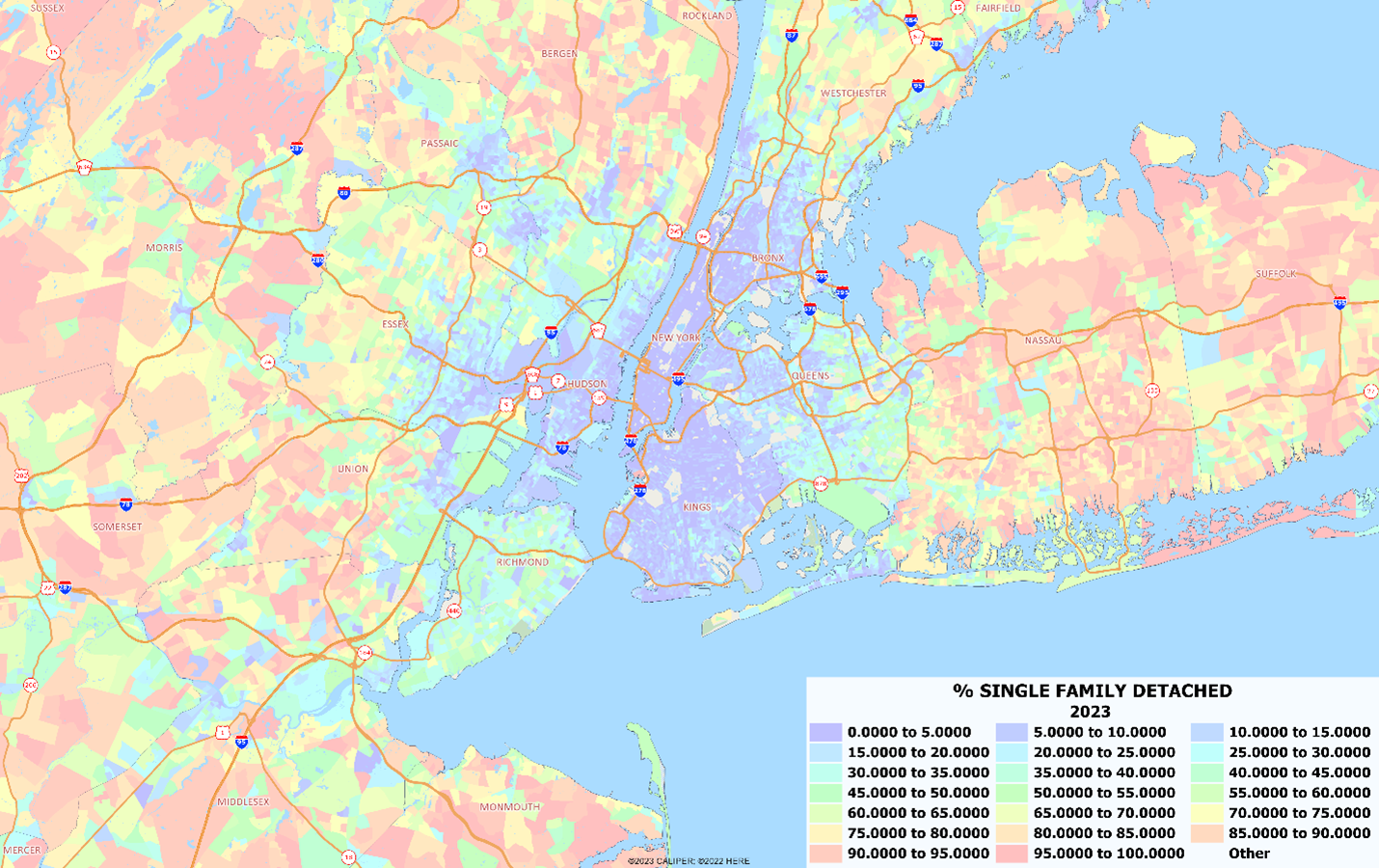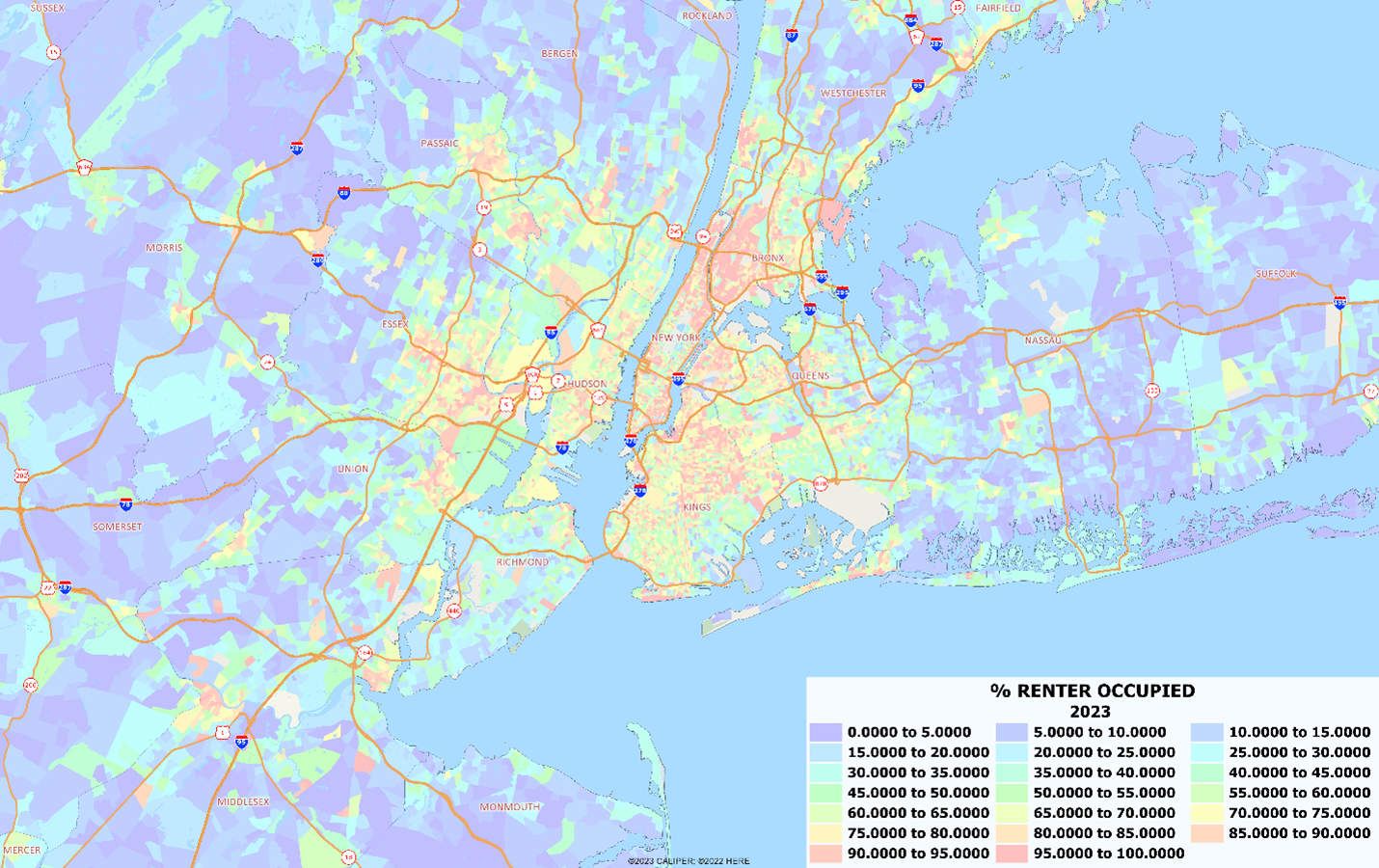Two revolutions in transportation have left an indelible mark on the American city. Prior to the early 1900s, most cities were compact and oriented towards a downtown employment area. Cities couldn’t grow beyond a certain size for practical reasons: people needed to get from the edge of town to work. Electrified streetcar networks, often privately operated, enabled the first wave of growth. The second wave began in earnest after WWII and culminated in the massive expansion of urban freeways between 1950 and 1970.
The automobile freed most middle-income families from the noise and congestion of the city, and many fled to the rapidly growing suburban areas, newly created large suburban tracts connected to downtown jobs by the new freeways. Inexpensive tracts of single-family housing, primarily owner occupied, followed the growing network of freeways.
Over the last decade, however, these same suburban areas have increasingly grown through multifamily housing. In some areas, most developments are at least a mix of single family and multifamily housing. The character of suburban life in America is changing quickly. The suburban San Fernando Valley of the Brady Bunch looks little like it did in the 1960s, as townhouse and apartment buildings dominate along the main thoroughfares.
In the following sequence of maps, we see the effects of these changes in the New York area. The first two maps show the changes in the percentage of single-family detached housing, from 1990 to 2023.


What’s interesting here is the decline in single family dwellings in most of the suburban areas of New Jersey and Long Island – many located substantial distances from Manhattan.
While many suburban multi-family complexes are owner occupied, renter households are a growing presence in the suburbs, even those that are predominantly single-family dwellings.


We expect that these trends will not only continue, but accelerate, over the coming years. Some of this is policy related as many state governments have instituted laws that favor diversity of income and tenure across metropolitan areas. Much of it is driven by the increasing decentralization of work, a combination of corporations fleeing expensive downtown offices for suburban locations, the COVID assisted growth in remote working, and commuters increasingly rebelling against arduous and expensive daily travel.
So, what does the city of thirty years from now look like? Urban areas may become increasingly fractured as suburban growth centers are less tied to the downtown that spawned them. We already see this happening, as the commuting flows in many suburban areas have reversed as workers head to the outer suburbs to work.
At the same time, the rise of remote work will allow many to abandon the large cities altogether, and we expect to see more growth in mid-size cities than in the larger centers. We also expect to see a reversal of fortunes in small towns and rural areas that offer leisure and scenic amenities.


Recent Comments